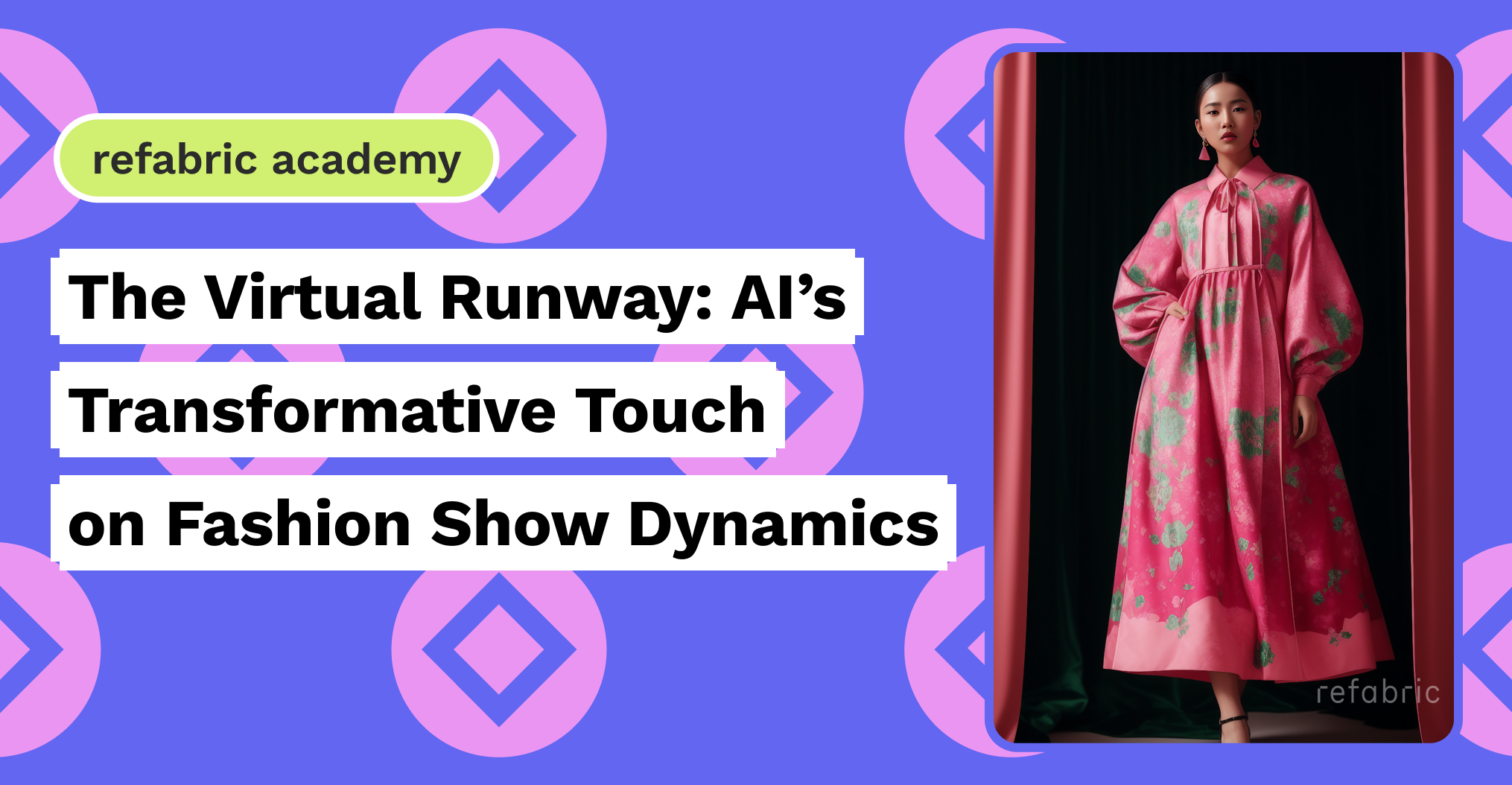As technology continues to redefine our daily lives, the integration of Artificial Intelligence (AI) has become an innovative tool, propelling the fashion world into a new era of innovation.
The Rise of Virtual Fashion Shows
The traditional runway shows, once reserved for the fashion elite, have undergone a digital transformation, becoming accessible to a global audience through virtual platforms. This virtual fashion events have opened doors for designers to reach a broader audience and explore creative possibilities beyond the confines of physical spaces. AI has played a crucial role in this transition by creating virtual models and designs, enhancing the virtual fashion show experience.
AI with Digital Fashion
One of the keyways AI is making its mark on virtual fashion shows is through the creation of digital models and influencers. These AI-generated personas not only eliminate the logistical challenges of coordinating with human models but also provide designers with unprecedented creative freedom. AI allows for the customization of digital models, enabling designers to experiment with diverse looks, sizes, and styles, thereby promoting inclusivity and diversity in the fashion industry.
Additionally, AI-powered virtual fashion show platforms are revolutionizing the way events are organized and presented. These platforms leverage advanced algorithms to analyze user preferences and behaviors, tailoring the virtual experience to individual attendees. Personalized recommendations, interactive features, and immersive virtual environments contribute to a more engaging and memorable fashion presentation.
Benefits of AI in Virtual Fashion Shows
The integration of AI in virtual fashion shows plenty of benefits. First, it significantly reduces the carbon footprint associated with traditional fashion events, aligning with the industry’s growing focus on sustainability. By eliminating the need for physical travel and extensive infrastructure, virtual fashion shows contribute to a greener and more environmentally conscious fashion industry.
Additionally, AI empowers designers to leverage valuable insights from data analytics, contributing to decisions on design, production, and marketing strategies for more customer-centric and successful fashion collections.
Challenges and Future Potential
Despite the evident advantages, the integration of AI in virtual fashion shows is not without its challenges. Technical glitches and the ethical implications of AI-generated models are among the issues that need careful consideration. Striking a balance between technological innovation and ethical responsibility will be crucial for the sustained success of virtual fashion events.
Looking ahead, the potential for AI in virtual fashion shows is boundless. Advancements in AI technologies, such as augmented reality (AR) and virtual reality (VR), promise to elevate the virtual fashion experience to new heights. Imagine attending a fashion show from the comfort of your home, with AI-powered AR applications allowing you to virtually try on the showcased garments in real-time.
Embark on a transformative adventure with Refabric, where you have the power to unleash your creativity, design unique fashion pieces, and immerse yourself in the diverse realms of style and innovation. Join us on a journey that invites you to explore new dimensions in fashion, pushing the boundaries of design and catching up with the latest trends. With Refabric, the possibilities are endless as you navigate the exciting intersection of creativity and innovation in the world of fashion.
